Price:₹14,000.00
Nafran Valley Trek – A special trek in Kashmir Valley-2023
Himalayan Hikers are looking for another trek (Nafran Valley Trek) in Kashmir that is special to our trekkers and that matches the famous treks of Kashmir Great Lakes Trek and Tarsar Marsar Trek. When the people of Aru’s village told our team that there is another trek like foot tarsar marsar whose name is Nafran Valley, you think about it. Nafran Valley Trek Highest Altitude is 14,127 feet. We went on its quest with brother Fayaz, he is local from Aru village even for our team, there was no special treasure work.
A new discovery Nafran Valley Trek.
When the Himalayan Hikers team came back after discovering this trek, the people of our team told us that this trek can be a special trek no less than Tarsar Marsar Trek.
The Nafran Valley Trek is a very lush green forest bugyal. Perennially nourished by the plain waters of the Kolahoi Glacier trek route , the valley remains a spectacular green. In July, the meadows look like a soft green carpet, which gradually turns into flower gardens in the month of August.
The Nafran Valley Trek is a scenic trekking route located in the Himalayan region. While specific details may vary depending on the tour operator and the specific itinerary chosen, here are some highlights you can expect from the Nafran Valley Trek:
- Stunning Natural Beauty: The Nafran Valley is known for its breathtaking natural beauty, with snow-capped mountains, lush green meadows, sparkling rivers, and dense forests. Throughout the trek, you will be treated to panoramic views of the surrounding Himalayan peaks and picturesque landscapes.
- Remote and Less Crowded: Compared to some other popular trekking routes in the Himalayas, the Nafran Valley Trek is relatively less crowded and offers a more serene and peaceful experience. You can enjoy the tranquility of the mountains and immerse yourself in nature without the hustle and bustle of large tourist crowds.
- Challenging Terrain: The Nafran Valley Trek is known for its challenging terrain, which makes it a thrilling adventure for trekking enthusiasts. The trail includes steep ascents, descents, and narrow paths, providing an exciting and physically demanding experience for those seeking an adrenaline rush.
- Local Villages and Culture: Along the trekking route, you will encounter several small villages inhabited by the local communities. This provides a wonderful opportunity to interact with the locals, learn about their unique culture, and gain insights into their way of life. You may also get to witness traditional customs, festivals, and taste local cuisine.
- Wildlife and Biodiversity: The Nafran Valley is home to a diverse range of flora and fauna. As you trek through the region, you might spot various species of birds, including Himalayan monal, pheasants, and eagles. If you’re lucky, you may even catch a glimpse of wildlife like Himalayan musk deer, snow leopards, and black bears.
- Camping in Nature: The Nafran Valley Trek offers opportunities for camping amidst the pristine natural surroundings. You can spend nights under the starry sky, surrounded by the mountains, and wake up to the fresh mountain air. Camping adds an adventurous element to the trek and allows you to fully immerse yourself in the wilderness.
- Majestic Waterfalls: The Nafran Valley is adorned with beautiful waterfalls cascading down the mountains. These enchanting waterfalls create a mesmerizing sight and provide refreshing spots for rest and rejuvenation during the trek.
Short Itinerary of Nafran Valley Trek
Day 1- Pickup to you from Srinagar Tourist Reception Office (TRC Office) to Aru Village
Drive Distance: 112 km – Drive Duration: 4 to 5.5 hours – Night stay: Hotel (Twin-sharing basis)
Day 2 – Trek from Aru to Arram Pathri (Bhaj Margi) / Trek from Mondlan to Bhaj Margi
Trek Distance: 8.5 km -Trek Duration: 6 to 8 hours – Trek Difficulty: Moderate to Difficult – Altitude Gain: 10,470 feet Night Stay: Bhaj Margi Campsite (Twin-sharing tents)
Day 3 – Trek from Bhaj Margi to Nafran Valley via Arram Pathri
Trek Distance: 8 km – Trek Duration: 6 to 7 hours – Trek Difficulty: Easy to Moderate – Altitude Gain and Loss: 10,374 ft to 11,358 ft via 11,482 ft – Night Stay: Nafran Campsite (Twin-sharing tents)
Day 4 – Trek from Nafran Valley to Harnag Lake via Harnag Pass
Trek Distance: 9.5 km – Trek 7 hours – Trek Difficulty: Moderate – Altitude Gain and Loss: 11,358 ft to 12,099 ft via 12,509 ft
– Night Stay: Campsite (Twin-sharing tents)
Day 5 – Trek from Harnag Lake to Harbhagwan Lake and back to Harnag Lake
Trek Distance: 9 km – TTrek Duration: 8 to 9 hours – Trek Difficulty: Difficult – Altitude Gain and Loss: 12,099 ft to 13,789 ft and back – Night Stay: Campsite (Twin-sharing tents)
Day 6 – Trek from Harnag Lake to Arram Pathri
Trek Distance: 7.15 km – Trek Duration: 5 to 6 hours – Trek Difficulty: Easy to Moderate – Altitude Loss: 12,099 ft to 11,482 ft – Night Stay: Campsite (Twin-sharing tents)
Day 7 – Trek from Arram Pathri to Aru & Drive Back to Srinagar TRC Office
Trek Distance: 8.2 km – Trek Duration: 5.5 to 6 hours – Trek Difficulty: Easy – Altitude Loss: 11,854 ft to 7,960 ft

What is the best time for Nafran Valley Trek?
The best time to trek Nafran Valley is from the last week of June to the end of September. It is the season for the traditional monsoon trek in the rest of the Indian subcontinent, but things are different here and in the Kashmir Valley.
We know that Kashmir receives only light rainfall in July and August. Instead of the other state, it is said to be the Pir Panjal range which blocks most of the rain clouds from reaching the Kashmir nafran Valley. Consider it a boon as it offers a comfortable trekking experience but if we understand, the one season that Nafran Valley Trek takes in four months – June, July, August and September, both changes its look and color with time.
Nafran Valley Trek Temperatures
Daytime temperature: Between 12 °C and 18 °C | Night time temperature: Between 5 °C and 10 °C month of July, Aug, Sep, 2022.
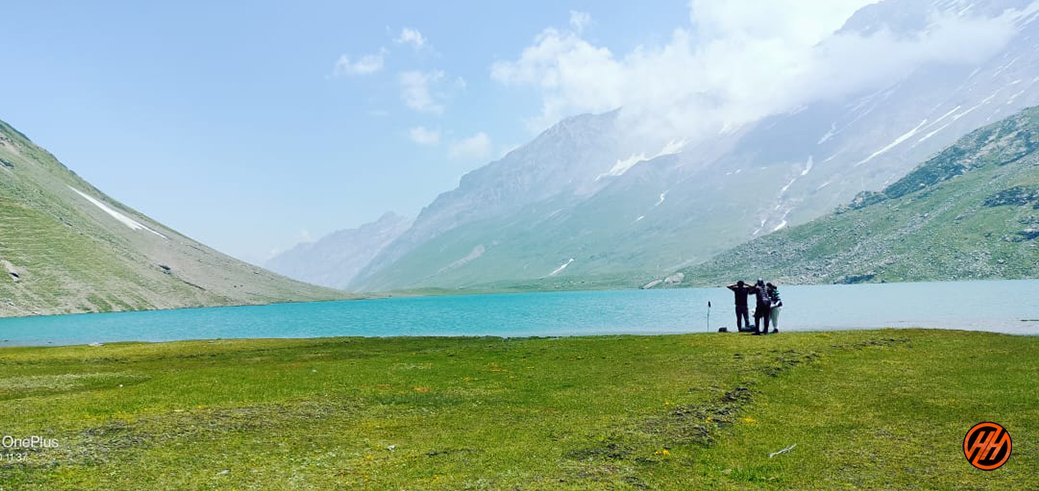
How Difficult is the Nafran Valley?
Nafran Valley trek moderate trek and not easy either, this trek comes in a moderate level,
This trek is a bit moderate, but if your fitness is good and you have it in your mind that I want to trek then you can do it absolutely. Where help is needed, our guides will support you, you just have to be strong and capable of the trek. One thing is that all you can do is to have courage and I myself am passionate.
Key Points About Nafran Valley Trek
- Level: easy to Moderate (so first-timers trekkers best trek in Kashmir Valley )
- Proper conditioning & training of the body required
- Need proper gear & clothing for sub-zero temperatures?
- Shoes are the single most important equipment
- High Altitude requires proper acclimatization
- Post-monsoon or pre-monsoon is the best time. During rains, the region is prone to landslides
- Phones don’t work on the trek
- Beautiful landscape so carry good photo gear (I couldn’t carry my best equipment)
- Travel light (my backpack was heavy at about 10 kg to 12 Kg)
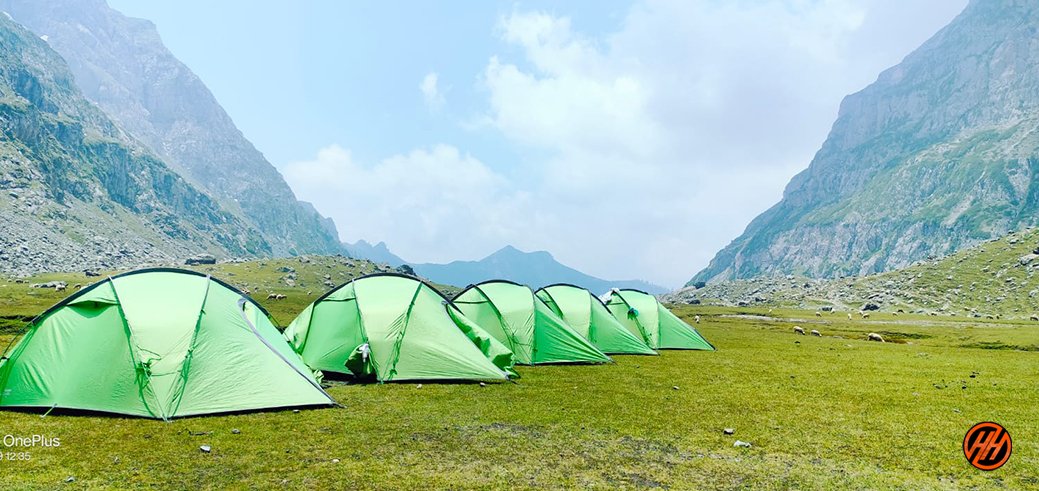
How to Reach Srinagar for Nafran Valley Trek?
To reach Srinagar for the Nafran Valley Trek, you can follow these general guidelines:
- By Air: The easiest way to reach Srinagar is by air. Srinagar International Airport, also known as Sheikh-ul-Alam Airport, is well-connected to major cities in India such as Delhi, Mumbai, Kolkata, and Bangalore. Several domestic airlines operate regular flights to Srinagar. Upon arrival at the airport, you can hire a taxi or take a pre-arranged transfer to your accommodation in Srinagar.
- By Road: If you prefer traveling by road, you have a few options:
- From Jammu: Jammu is well-connected to major cities in India by road, rail, and air. From Jammu, you can take a private taxi or shared cab to Srinagar, which is approximately a 7-8 hour journey. The route takes you through the beautiful Kashmir Valley.
- From other parts of Kashmir: If you are already in another part of Kashmir, such as Gulmarg or Pahalgam, you can hire a taxi or use public transportation to reach Srinagar. The travel time will vary depending on the distance between your location and Srinagar.
- By Train: Srinagar does not have a railway station, so you cannot travel directly by train. However, you can take a train to Jammu Tawi Railway Station, which is well-connected to major cities in India. From Jammu, you can follow the road route mentioned earlier to reach Srinagar.
Once you reach Srinagar, you can make arrangements with a local trekking agency or tour operator for the Nafran Valley Trek. They will provide you with detailed information on the trek, including transportation from Srinagar to the starting point of the trek and any additional requirements you may have. It is recommended to book your trek with a reputable agency to ensure a safe and organized experience.

What do we do during an emergency breakout in the Nafran Valley Trek?
- First of all, the safety of trekkers is much more for us, if you see in the trek, then there are all the risks, which I do not think about.
- Himalayan Hikers worry more about you that no one should ever have any problem in the trek.
- What should we and you keep more safety in the trek
- Whenever you are going for any trek, it is very important that you go completely fit and ready.
- The trek is not difficult, if you make your feet and your mind calm and strong, you will find the trek very easy.
- While trekking, keep in mind that you are walking on the right route or not always with your guide.
- Most people look somewhere and where they are walking, this can cause twitching in your legs, which can ruin your entire trek.
- It is important to ask your doctor if you have any medical problems
- I should always keep my medical kit with me, it is very important.
- Himalayan Hikers always keep a medical kit with you, such as oxygen cylinders, medicine to be given in emergency on the trek.
- If any trekkers have any more problems, then they are brought back to the base camp by laying them in the stretcher.
- Our camp in Nafran valley trek is around 6000 feet to 14000 feet where you cannot have any problem of oxygen.
- In case of any medical problem, the help of your guide or well-informed trekkers should be taken
- If there is major health problems in Nafran valley trek, then Nearest Hospital is in Srinagar which is about 112 Kms away from Nafran valley trek.
- Along with the trek we keep getting acclimatization.

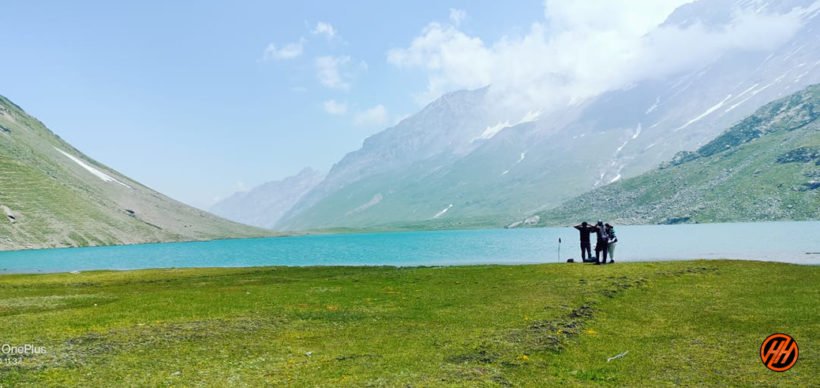

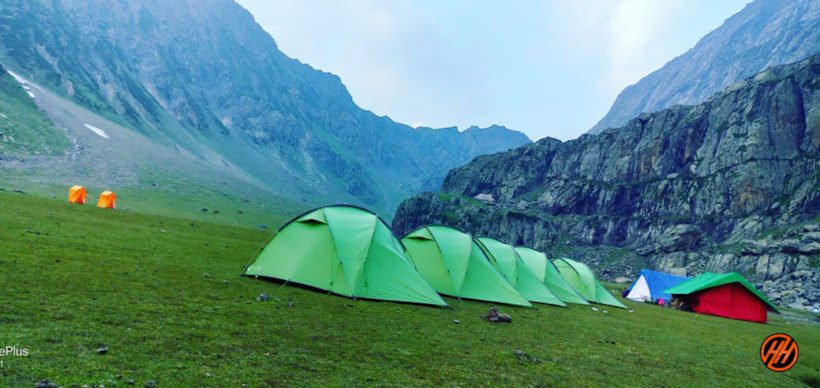
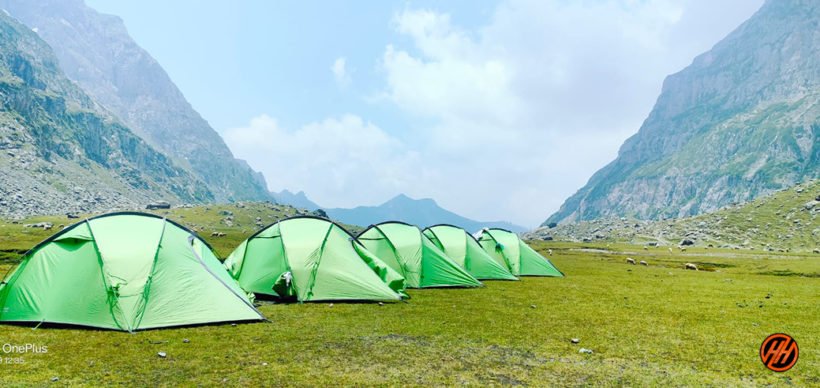
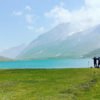
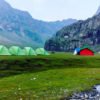
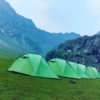
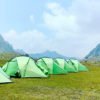
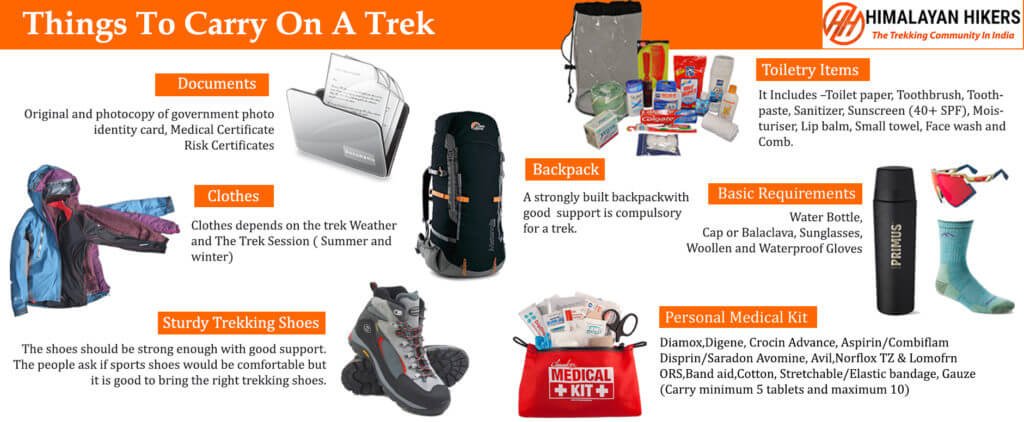

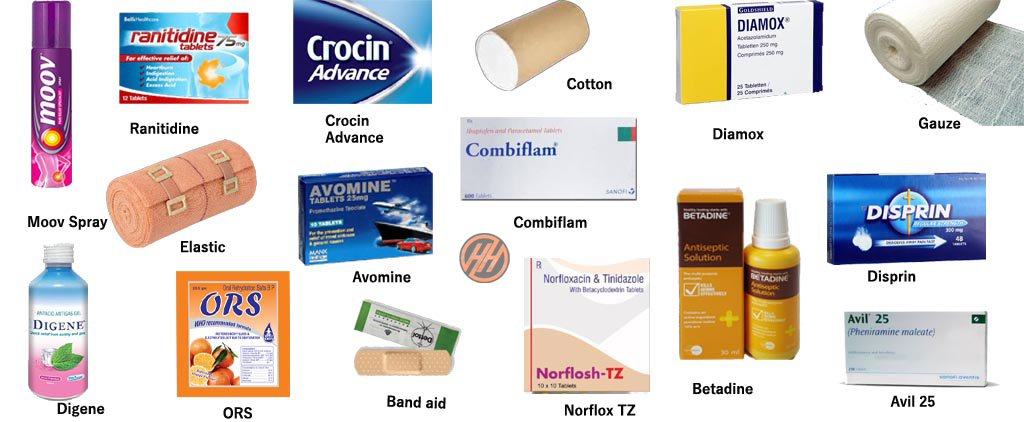
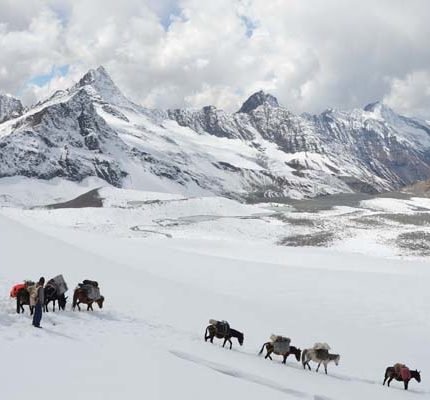
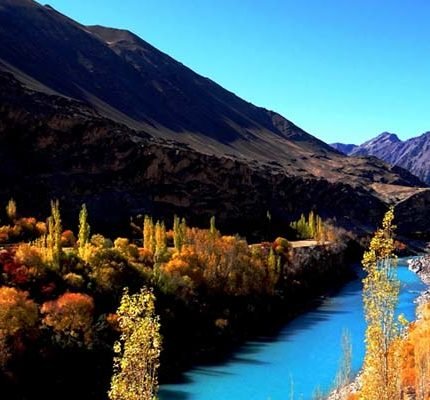

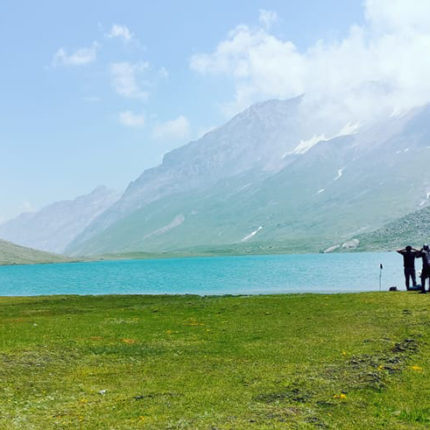
Dhruvit Parekh –
Actually we went for Tarsar Marsar Trek but due to unavoidable circumstances at the last moment it was changed to Nafran Valley Trek. But even after this last moment changes Team manages to do very beautiful Trek very smoothly.
I can definitely say that the food provided by the team is the best. We’re getting delicious different different desserts at 13000 ft.
Guides and whole team was very supportive and we played a lot together. We’re like family and missing them.
Again Thank you and must visit.
Himalayan Hikers –
thanks Mr. Dhruvit Ji have a great day